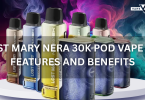Introduction
Most SaaS renewal emails sound the same — a polite reminder about an expiring subscription and a link to “Renew Now.” But in an era where customers can switch tools with a single click, that approach falls flat. What truly keeps users loyal isn’t just functionality or price — it’s the story they associate with your product. Storytelling turns a renewal moment into an emotional checkpoint, reminding customers of how far they’ve come and what’s still ahead. When your renewal emails capture that shared journey — the wins, the progress, the possibilities — you’re not just asking for another payment; you’re inviting them to keep building their success story with you.
Why Storytelling Is the Secret Weapon in SaaS Retention
Storytelling isn’t just for movies — it’s a secret weapon in SaaS retention. When renewal emails go beyond plain reminders and tell a story, customers feel connected. For example, instead of saying “Your plan expires soon,” a SaaS renewal email template could show how the user’s team saved 200 hours using the tool or achieved a milestone since joining. That simple story reminds them of real progress. Another example — a design platform might say, “Your creativity powered 50 amazing projects this year.” These narrative-driven touches make users feel valued and proud of their journey. By turning renewals into stories of success, brands move from asking for payment to celebrating partnership — and that’s how storytelling cuts churn.
Turning Renewal Emails Into Continuations of the Customer’s Journey
Renewal emails shouldn’t feel like invoices — they should feel like the next chapter of a customer’s story. Instead of focusing on payment dates, focus on progress. For example, a SaaS team tool could say, “Your journey with us so far: 1,200 tasks completed, 10 projects launched — and we’re just getting started.” Or a marketing platform might highlight, “A year of growth with [Product Name]: your campaigns reached 1M impressions.” By linking past achievements to future goals, the message shifts from renewal to continuation. It reminds users that their success is ongoing and that the product remains an essential partner in their journey. This emotional continuity turns renewals into moments of pride rather than pressure.
Crafting the Hero’s Journey: Making the Customer the Main Character
Every great story has a hero — and in SaaS renewal storytelling, that hero is the customer. The product plays the role of the trusted guide, helping them overcome challenges and achieve milestones. Renewal emails can use real data to bring this story to life: “You launched 10 successful campaigns, saved 120+ hours, and reached 5,000 new users this year.” Framing the renewal as the next “chapter” of their success makes it personal and motivating. It reminds customers that they’re achieving something meaningful with your tool by their side. When users see themselves as heroes of progress — not just subscribers — they feel proud, supported, and ready to keep their story going instead of ending it.
Designing Narrative-Driven Emails That Speak Emotionally and Visually
This section should cover how design reinforces narrative. Focus on layout techniques like storytelling sequences, visual progress bars, milestone timelines, and testimonial snapshots that visually support the email’s story. Explain how color, typography, and imagery can be used to evoke continuity and emotion. Stress the importance of CTAs that align with the narrative — not “Renew Now” but “Continue Your Story” or “Unlock What’s Next.” Design and copy must work together to make users feel renewal, not just do it.
Using Renewal Emails as Mini Case Studies of Success
Renewal emails can do more than remind — they can prove value. By treating each message like a mini case study, you show customers the real impact your product has made. Think in three parts: problem, progress, payoff. For example, “When you joined [Product], your team spent hours on manual work. Now, you’ve automated 40% of workflows and saved 300 hours this year.” Adding visuals or short user quotes can make these results feel real and relatable. This approach helps customers see their journey as measurable success, not just usage. When they recognize tangible wins, renewal feels less like a decision and more like the next step in their ongoing growth story.
Measuring the Impact of Story-Driven Renewal Campaigns
To know if storytelling truly moves the needle, SaaS teams need to measure more than open rates. Track renewal rates, churn reduction, and engagement metrics like click-throughs and reply rates to see how customers respond to story-driven messages. A/B testing can help compare narrative-based emails with standard renewal reminders, revealing which approach drives more renewals. You can also gather feedback through quick post-campaign surveys to understand the emotional impact. Over time, these insights show that storytelling isn’t just about creativity — it’s a measurable strategy that builds loyalty. When done right, narrative-driven renewal emails don’t just sound better; they perform better by turning satisfied users into long-term advocates.
Conclusion
At its core, storytelling in SaaS renewal emails shifts the conversation from retention to relationship. It’s about showing customers that their journey with your product isn’t ending — it’s evolving. By framing renewals as the next chapter in their success story, brands can transform what’s often a routine transaction into a meaningful moment of reflection and pride. In a market overflowing with options, stories create staying power. Every renewal message is an opportunity to remind users that they’re not just renewing software — they’re renewing their belief in what they can achieve with it.






